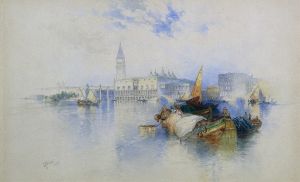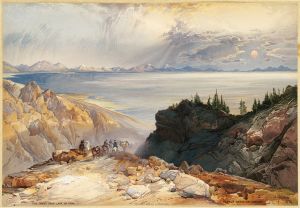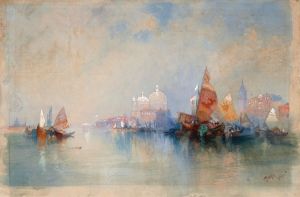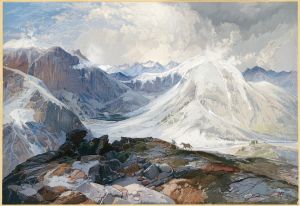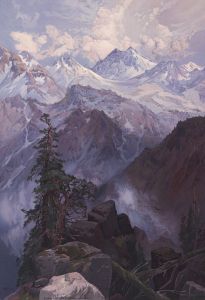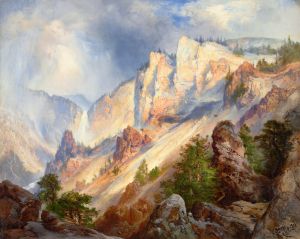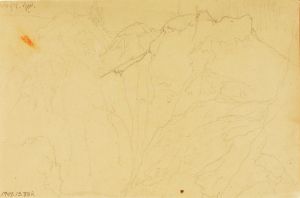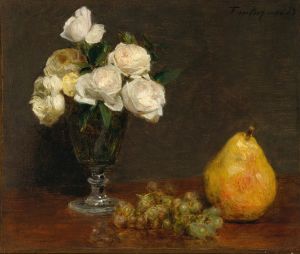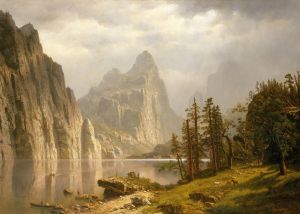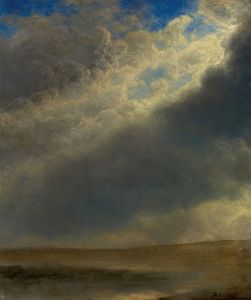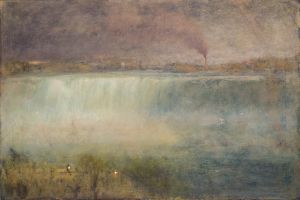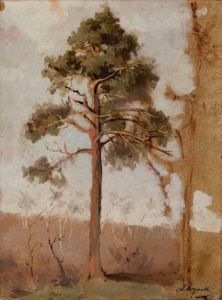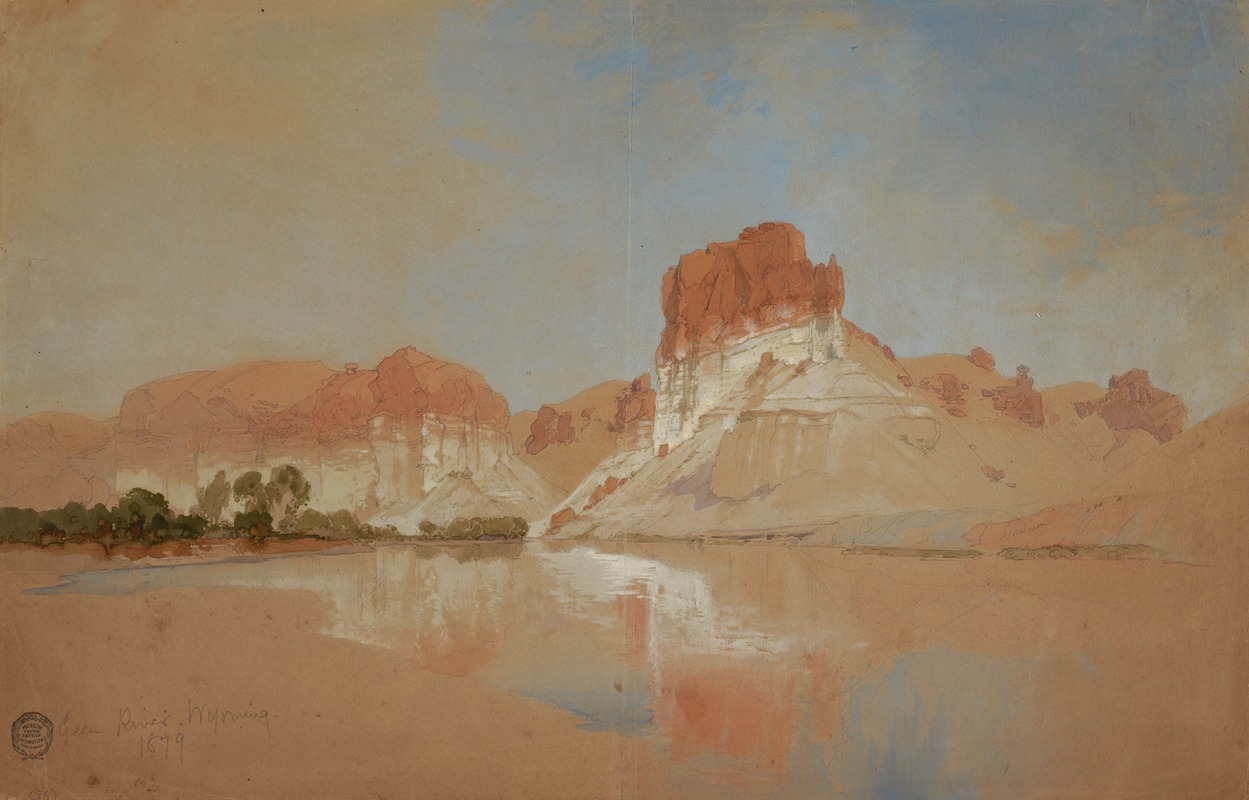
Green River, Wyoming Territory
A hand-painted replica of Thomas Moran’s masterpiece Green River, Wyoming Territory, meticulously crafted by professional artists to capture the true essence of the original. Each piece is created with museum-quality canvas and rare mineral pigments, carefully painted by experienced artists with delicate brushstrokes and rich, layered colors to perfectly recreate the texture of the original artwork. Unlike machine-printed reproductions, this hand-painted version brings the painting to life, infused with the artist’s emotions and skill in every stroke. Whether for personal collection or home decoration, it instantly elevates the artistic atmosphere of any space.
"Green River, Wyoming Territory" is a notable painting by the American artist Thomas Moran, completed in 1878. Thomas Moran was a prominent figure in the Hudson River School, a mid-19th century American art movement characterized by its realistic and detailed portrayal of American landscapes. Moran is particularly renowned for his depictions of the American West, which played a significant role in influencing public perception and appreciation of these vast, uncharted territories.
The painting captures the Green River in Wyoming Territory, an area that Moran visited during his travels in the American West. This region was known for its striking geological formations and vibrant colors, which Moran skillfully rendered in his work. The painting is celebrated for its dramatic composition and vivid use of color, which convey both the grandeur and the rugged beauty of the Western landscape.
Moran's journey to the Green River area was part of a larger expedition to document the American West. His travels were often in conjunction with geological surveys and expeditions, such as those led by Ferdinand V. Hayden, which aimed to explore and map the territories acquired by the United States. Moran's artwork from these expeditions, including "Green River, Wyoming Territory," played a crucial role in promoting the natural beauty of the West to the American public and government officials.
The painting itself depicts the Green River flowing through a canyon, surrounded by towering cliffs and rock formations. Moran's use of light and shadow enhances the depth and texture of the landscape, while his attention to detail captures the unique geological features of the region. The sky is often depicted with dramatic clouds, adding to the sense of vastness and majesty.
"Green River, Wyoming Territory" is housed in the collection of the Metropolitan Museum of Art in New York City. It is considered an important example of Moran's work and of the Hudson River School's influence on American landscape painting. The painting not only reflects Moran's artistic skill but also his deep appreciation for the natural world and his desire to share its beauty with a wider audience.
Moran's paintings, including "Green River, Wyoming Territory," were instrumental in the establishment of national parks in the United States. His depictions of the Yellowstone region, for example, helped persuade Congress to establish Yellowstone as the first national park in 1872. Similarly, his portrayal of the Green River area contributed to the growing interest in preserving the natural landscapes of the American West.
Overall, "Green River, Wyoming Territory" is a testament to Thomas Moran's legacy as an artist who captured the spirit of the American West and helped shape the nation's environmental consciousness. Through his work, Moran not only documented the landscapes of his time but also inspired future generations to appreciate and protect the natural beauty of the United States.





